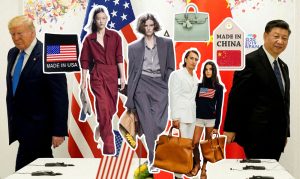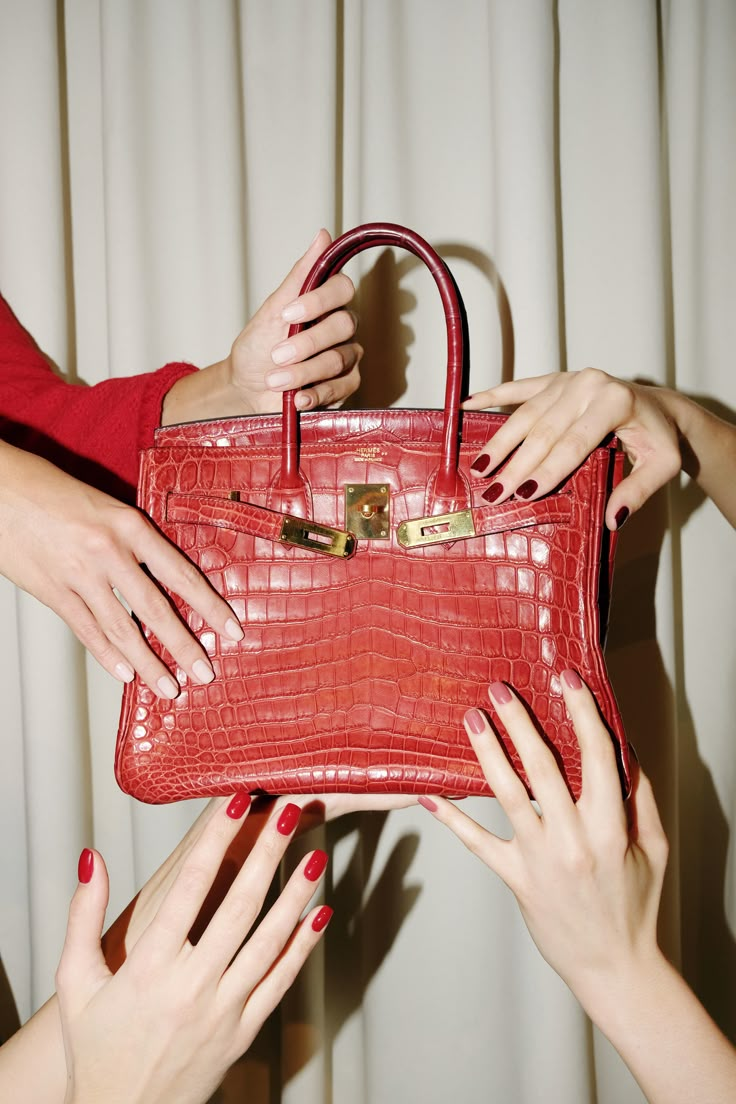Transparency in Luxury: From Chinese Factories to Social Feeds
The fashion system is in full chaos mode. While Trump launches his “Liberation Day” mega-tariffs — we’re talking up to 104% on Chinese products — China strikes back with a move that’s way more viral: the factories are speaking up. On TikTok (and Chinese platforms), videos are surfacing showing exactly how dream bags from brands like Hermès are made. A wave of content that’s ushering in a new era of transparency in luxury: assembly lines, materials, labor — everything is laid bare, no filters.

But that’s not all: some suppliers are now selling nearly identical versions — same materials, same design — directly to the public. No logos, no middlemen, and prices that feel more like fast fashion. The result? An entire generation is looking at those €5,000 bags with a much more critical eye.
The Tariff Effect and a Shaken Market
The new US tariffs are already disrupting the entire luxury supply chain: prices are rising, sales are dropping, and major players — from LVMH to Prada, Nike to Ralph Lauren — are seeing their stocks plunge.
Analysts warn that even a small 5% price hike could throw off a purchase, especially now, with inflation already dampening the urge to spend.
But the real damage isn’t just about numbers — it’s about trust.
When Transparency in Luxury Breaks the Spell
Luxury has long been built on a promise: exclusivity, quality, image, storytelling. But when you realize that the same bag comes off a production line nearly identical to a €50 one, the magic starts to fade. The dream begins to feel more like a marketing illusion than a craft-driven reality.
Consumers — especially younger ones — are no longer willing to pay just for a brand name. And the domino effect is already in motion.
Winning Back Trust
If the logo alone no longer convinces, then a more authentic narrative is needed. Many brands are shifting their message: focusing on value, craftsmanship, local production, and cultural identity.
There’s talk of “patriotic luxury” and “heritage marketing” — a return to telling the story of who you are, not just how much you cost.
As one industry analyst put it:
“This crisis could actually be a chance to remember why we do what we do.”
In other words: less fiction, more substance.
Even in luxury.




